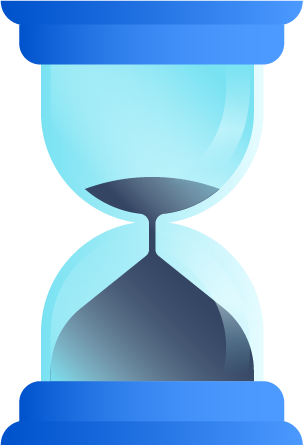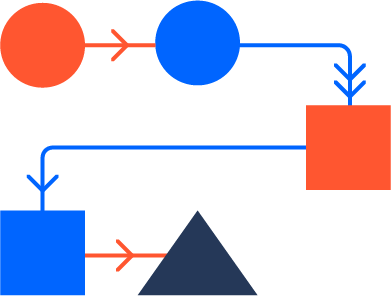Types of Goals
And how to pick the right one for your project
Browse topics
What does your project really need to succeed? One big factor is what researchers call a “compelling direction” or what we commonly know as a business goal.
Of course, just about everyone in the working world sets goals. But making sure you set goals you can hit every time has a lot to do with the type of goal you set.
"Teams cannot be inspired if they don’t know what they’re working toward and don’t have explicit goals"
-Harvard Business Review
What are business goals?
A business goal spells out where your team is going and when you want to reach the finish line. They give what you’re collectively working on a sense of purpose, and they help your team to focus their time and energy. Additionally, business goals can motivate and energize your team when the destination ahead might seem hard to reach.
Business goals can vary in scope, from the full company to a department to an individual employee. They’re important for a number of reasons such as:
- Guiding decisions and prioritizing work
- Improving collaboration among cross-functional teams
- Motivating and engaging with your team
The key to giving your project the best chance of succeeding is to make your goals straightforward and achievable. Make sure they’re descriptive, realistic, and measurable. And most importantly, guarantee success by using the right type.
Types of business goals
Goals can be separated into four types of organizational categories.
1. Time-based goals

Long-term goals
A long-term goal represents the big picture or overall direction of your team, company, or project. These goals stretch out over an extended time period, potentially months or even years down the road.
Example:
- Make Acme Co the market leader in business software.
Short-term goals
Short-term objectives are how you break out a long-term goal into more sizable bits. They’re clearly defined and easy to measure or evaluate over a set period of time, such as a month or a quarter.
Building on the example above, some short term goals to support that long-term goal of market leadership could include:
- Improve customer satisfaction.
- Build new business software products.
- Increase awareness amongst consumers.
2. Performance-based goals
Performance-based goals are short-term objectives set for specific duties or tasks. They are also clearly defined and easy to measure or evaluate. These can also be used to measure employee performance.

Examples:
- Improve customer satisfaction for existing products by 10% in Q1.
- Invest 25% more engineer time in building new business software.
- Increase share of voice in the area of business software by 25% via Marketing campaigns.
3. Quantitative vs. qualitative goals
Quantitative goals are evaluated based on numbers or statistics, like if your team’s freshly launched webpage is receiving the projected number of hits per page. (SMART goals are a great tool for setting specific, measurable, and achievable targets.) Qualitative goals are not as cut-and-dry, such as how the website is being received by your users.

Example of a quantitative goal:
- Our newly re-designed business software website has increased user interaction on the page by 30%.
Example of a qualitative goal:
- Customers think the redesign presents information about our company in a better and more engaging manner.
4. Outcome- vs. process-oriented goals
Outcome is the result you’re aiming for, while process refers to the processes that will lead to the desired outcome if you follow them repeatedly.
Process goals are more immediate and tangible, and they keep you moving forward toward your outcome goals.

Example of an outcome-oriented goal:
- Launch a new website by the end of the first quarter.
Example of a process-oriented goal:
- Follow a 2-week sprint to ensure design and development is being completed on time.
- Hold weekly standups with the website redesign team to catch up on tasks in progress.
Pick your best goal type and go
Every big achievement starts with a well-laid plan. By mapping out your project plan, using the right type of goal, and making your aspirations detailed and measurable, you can hit any target.
To get started, check out our popular goal-setting templates including Goals, signals and measures and OKRs.